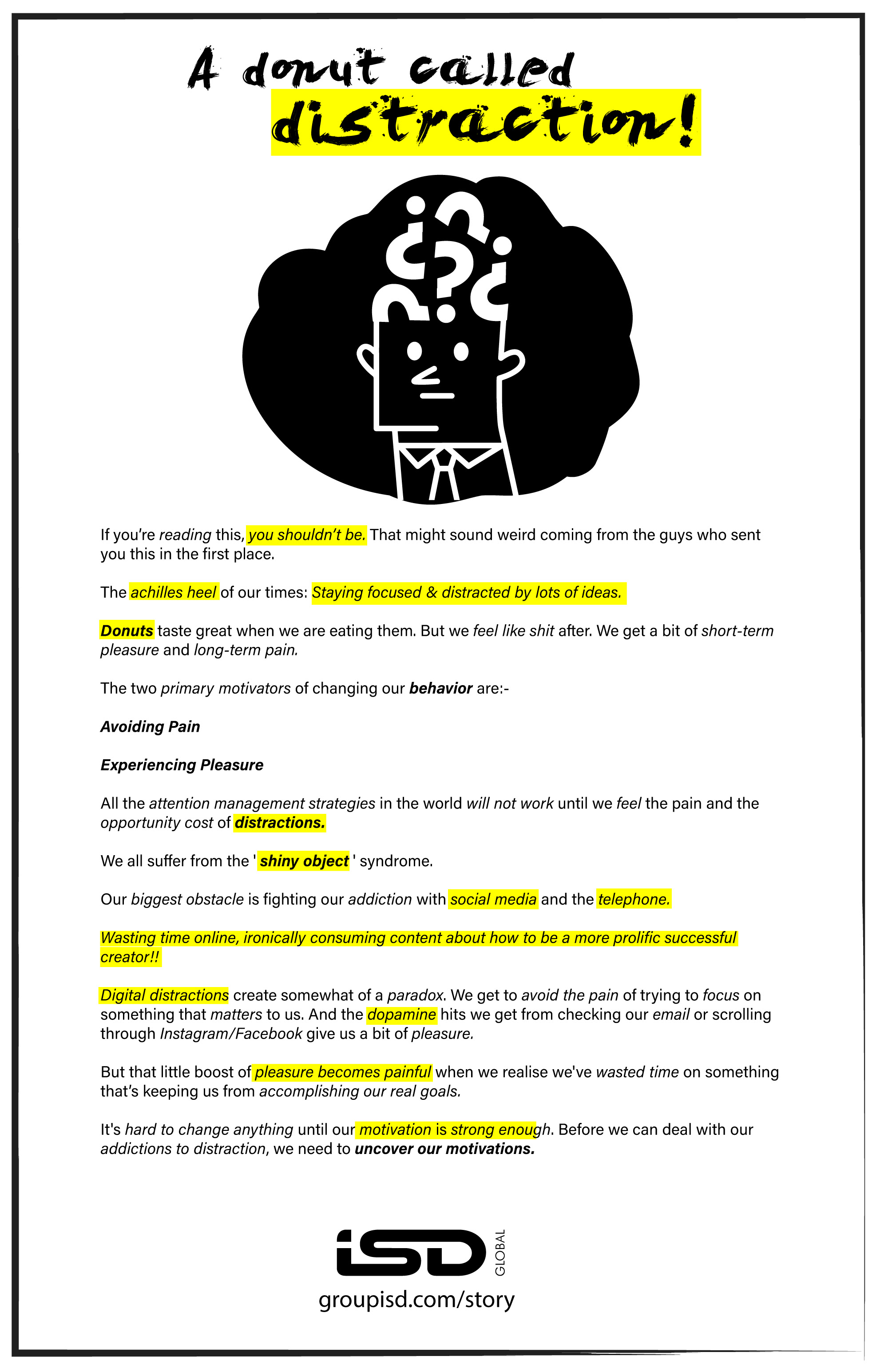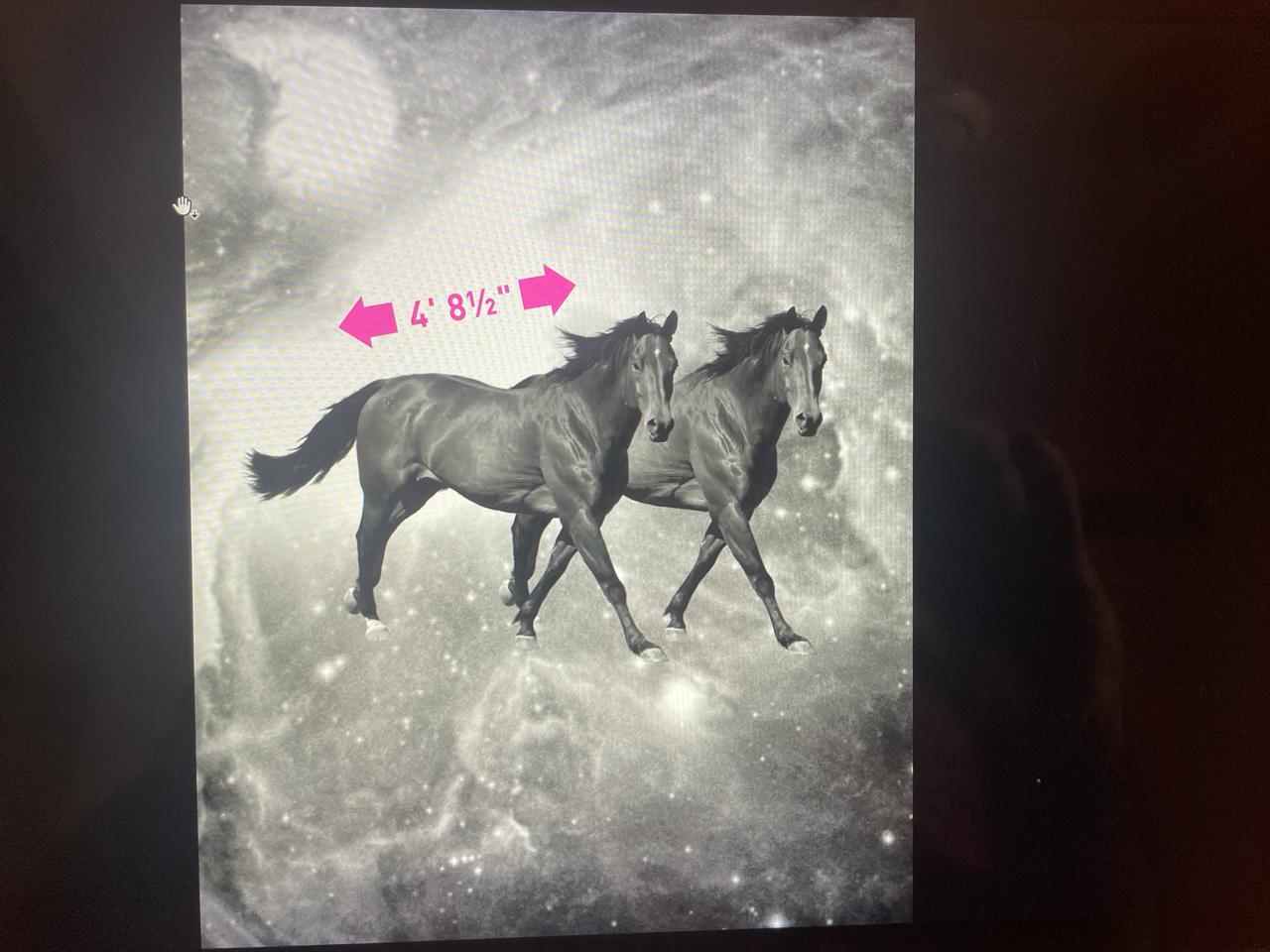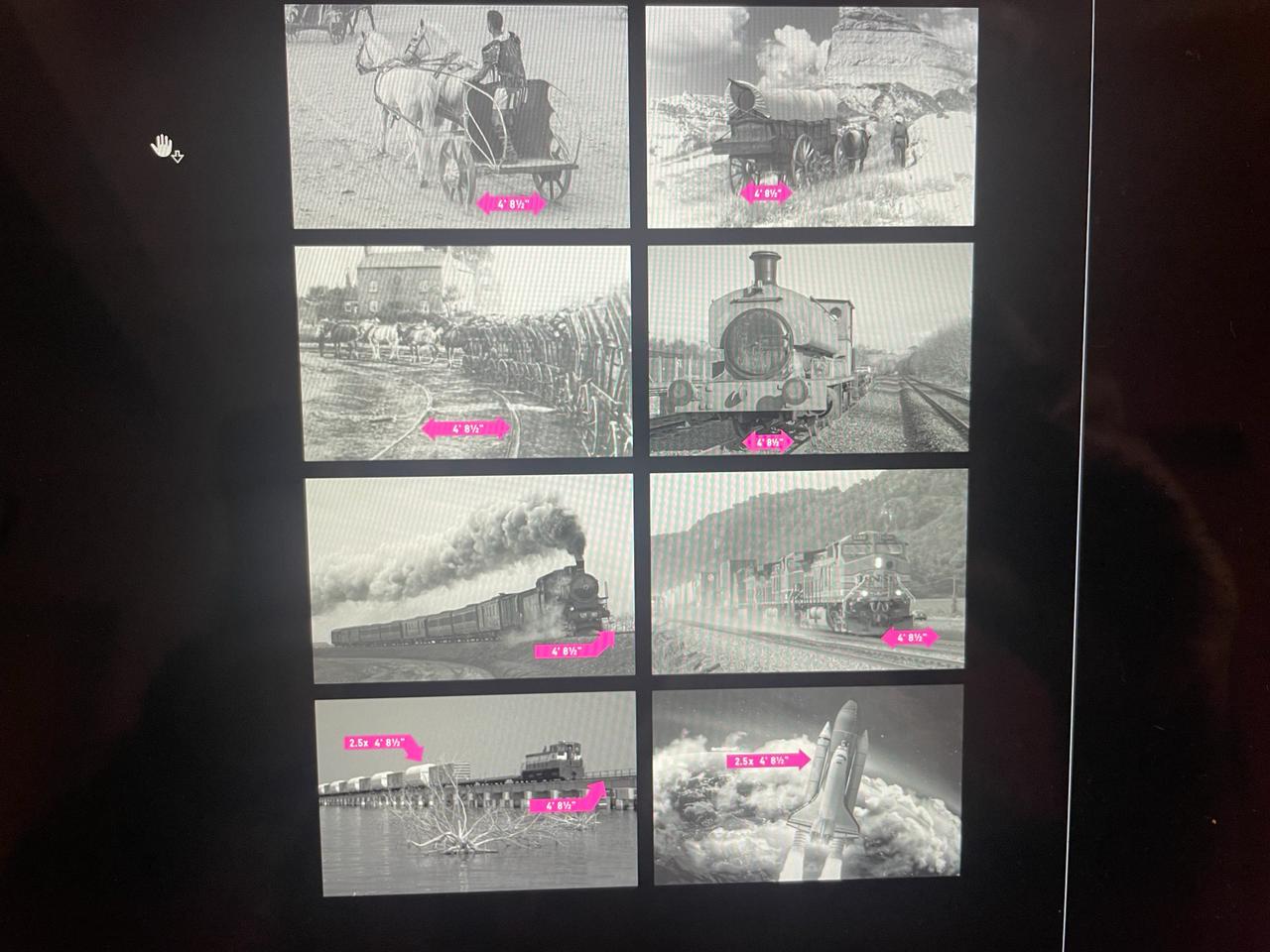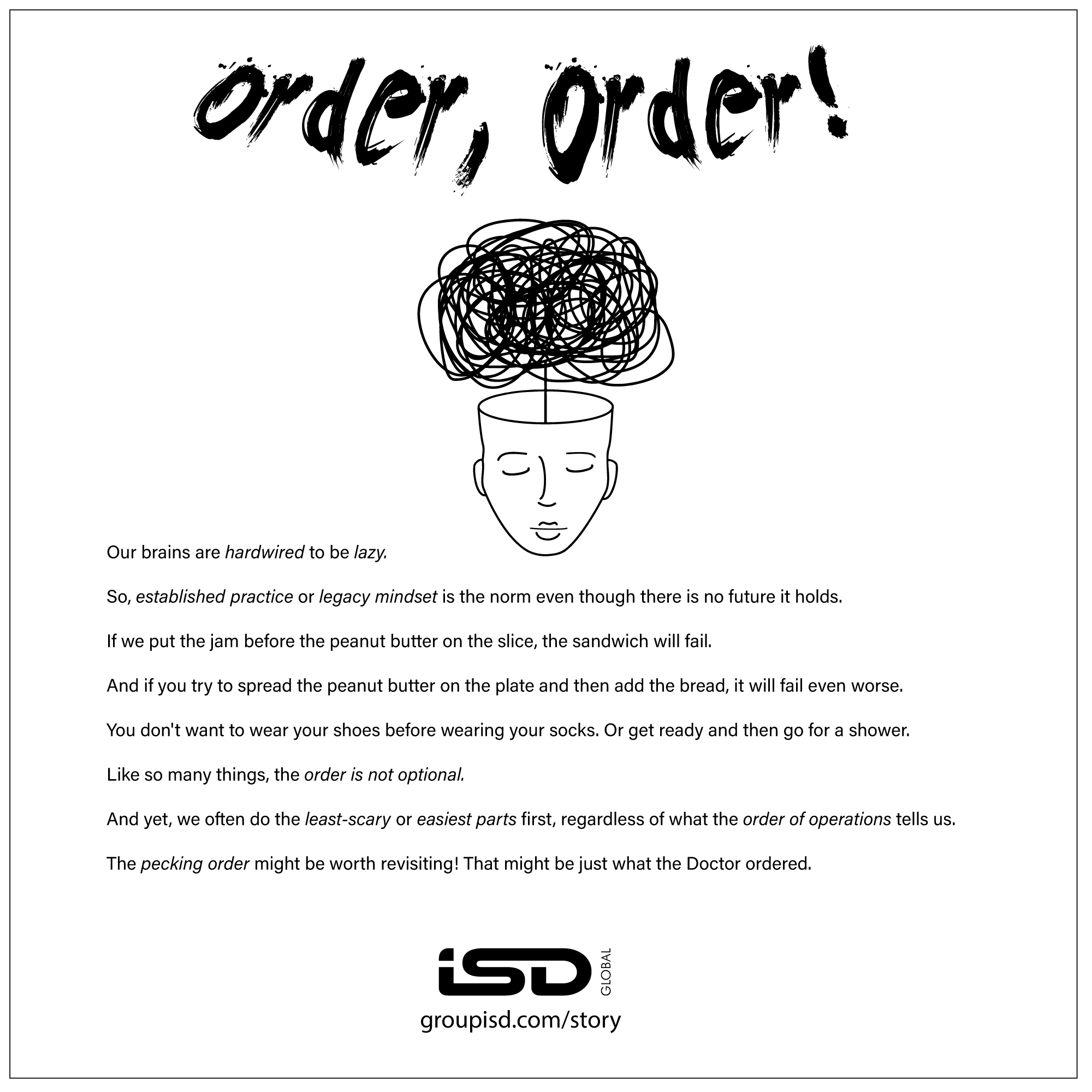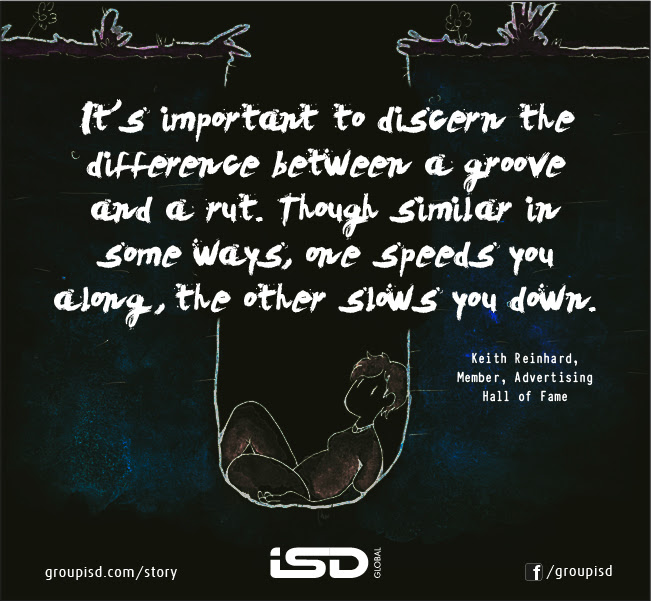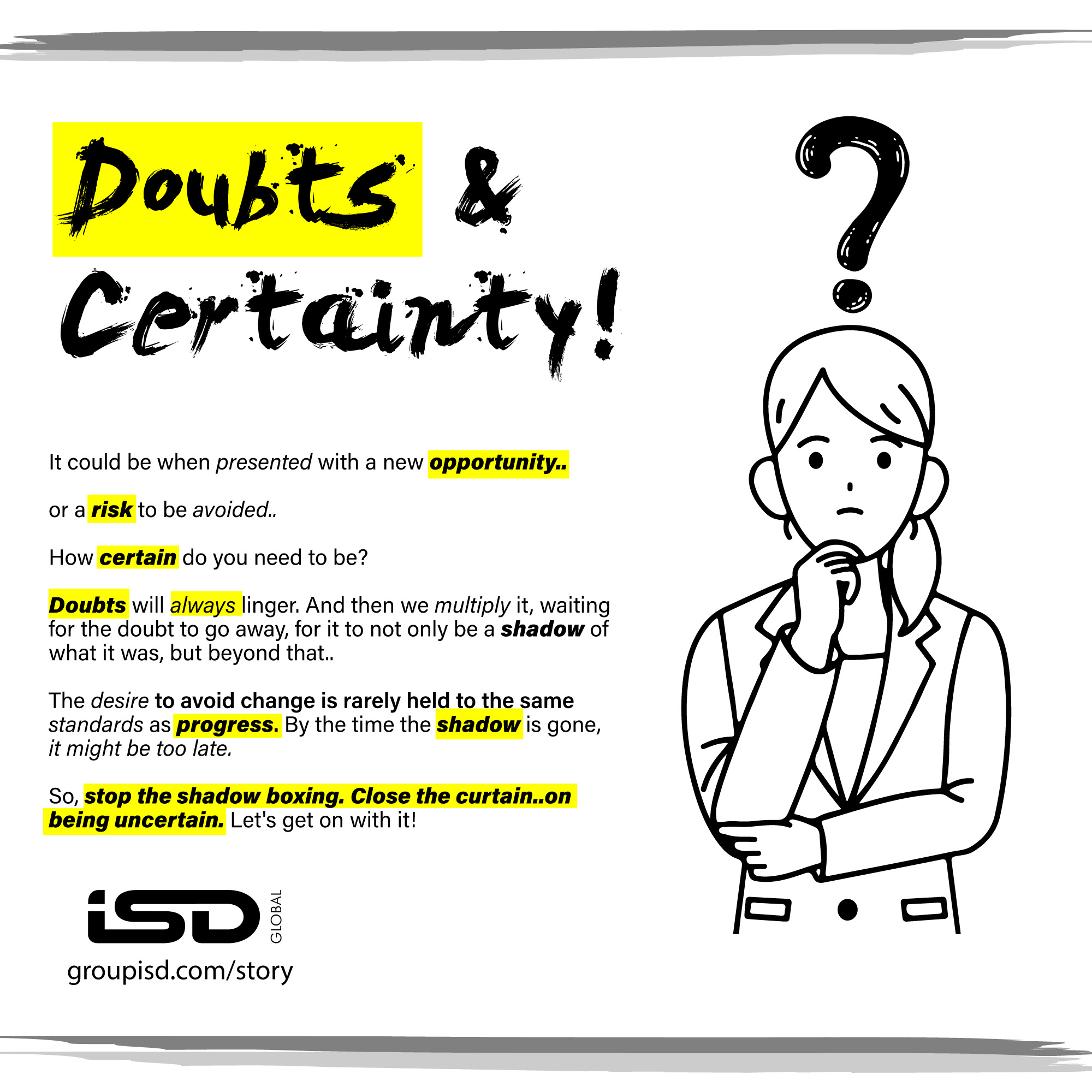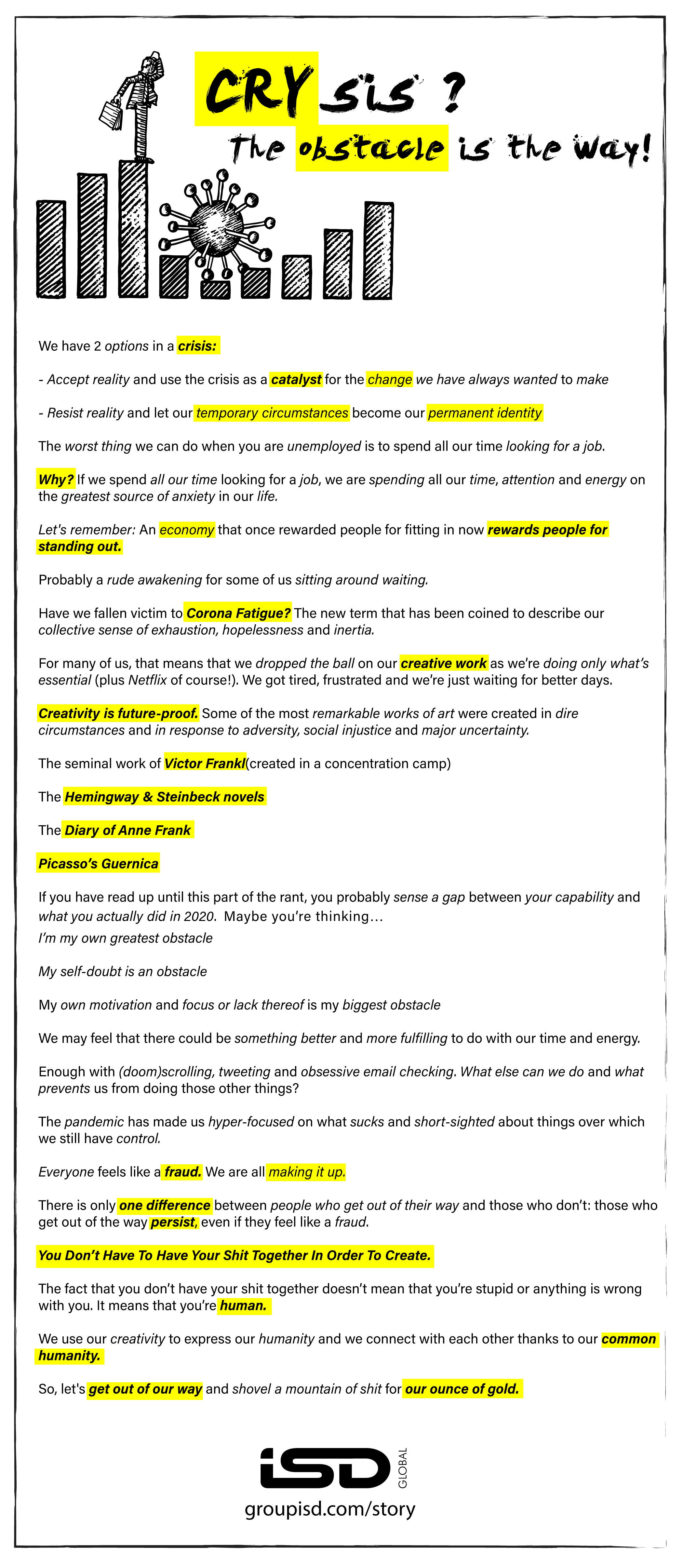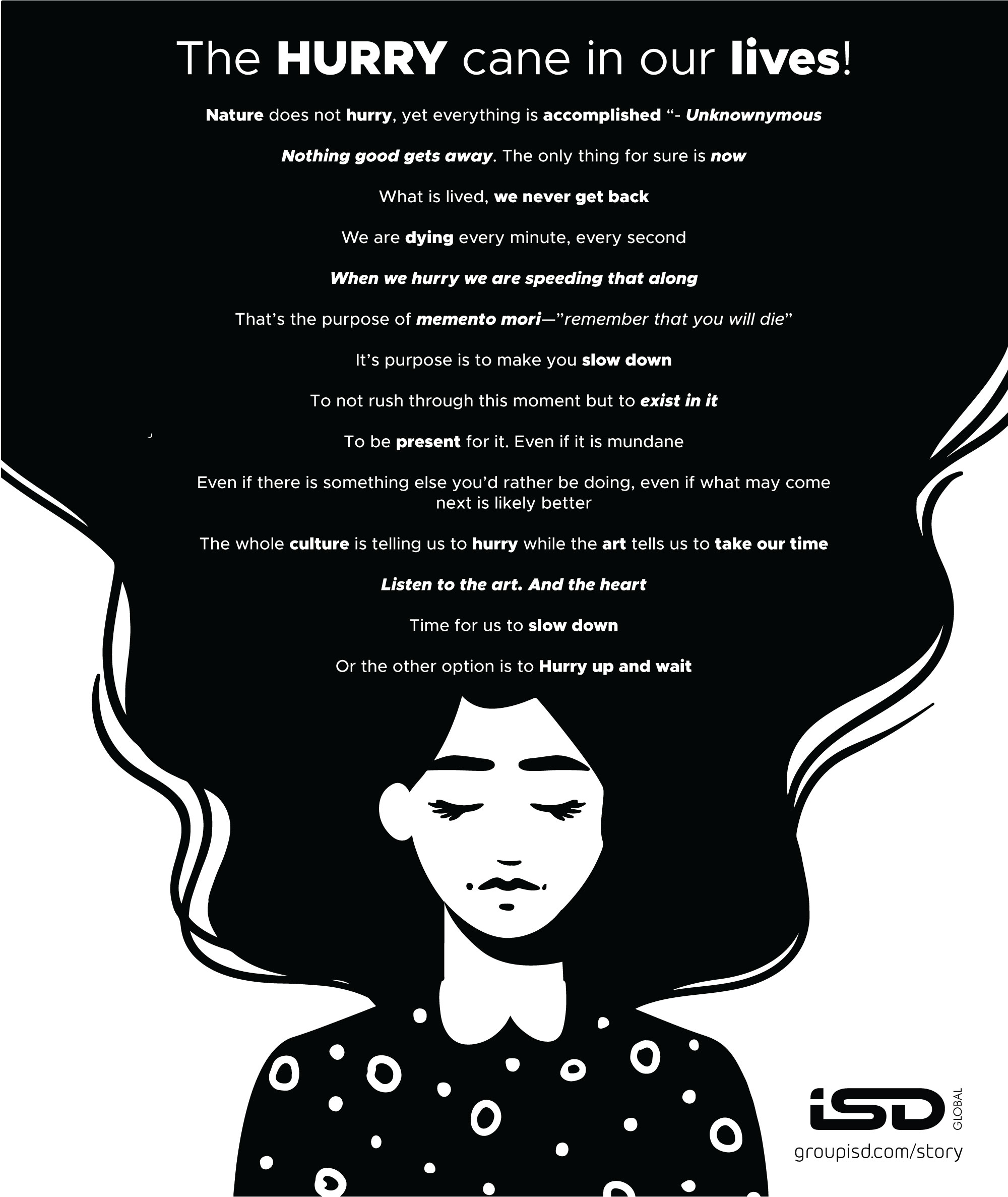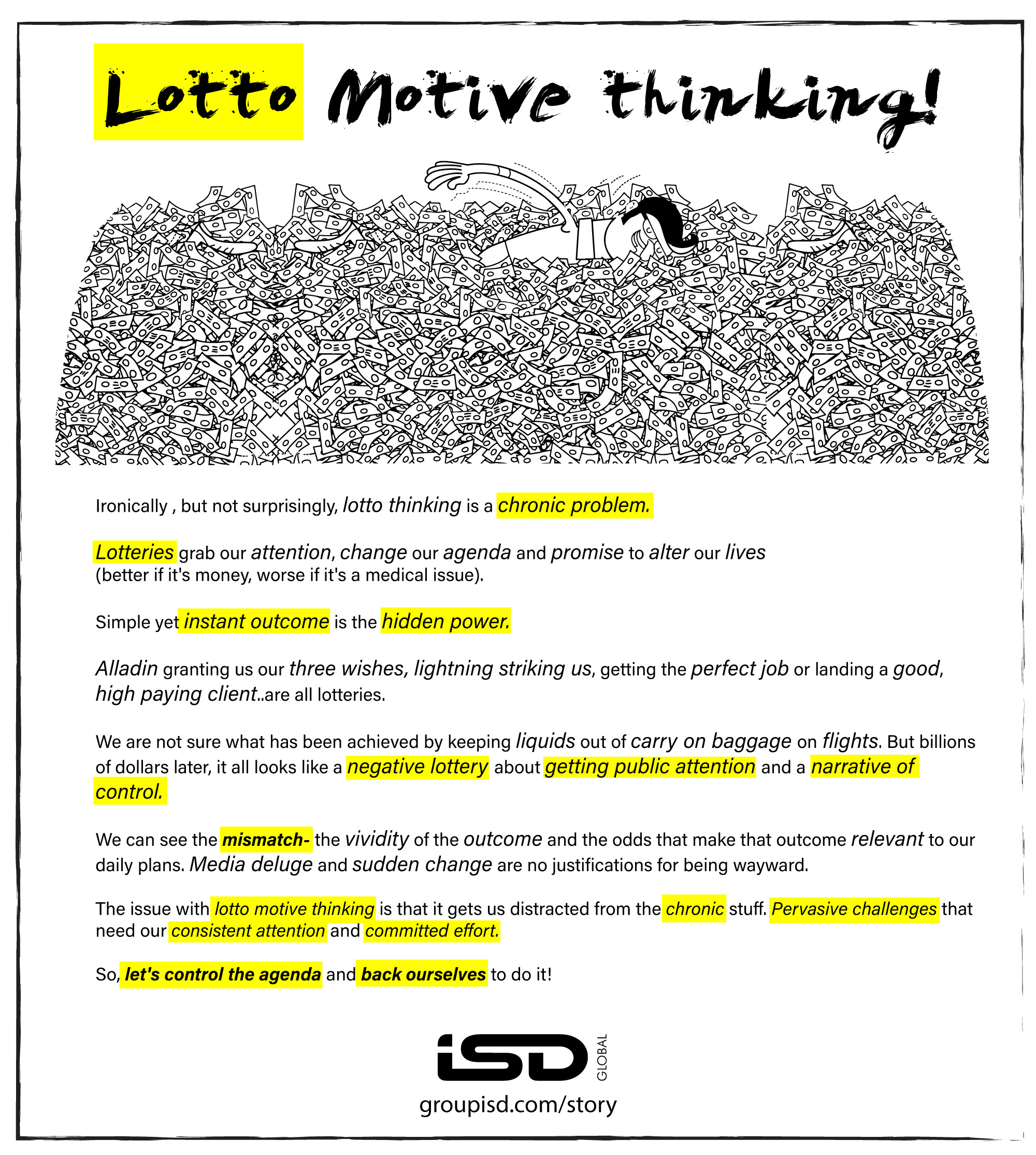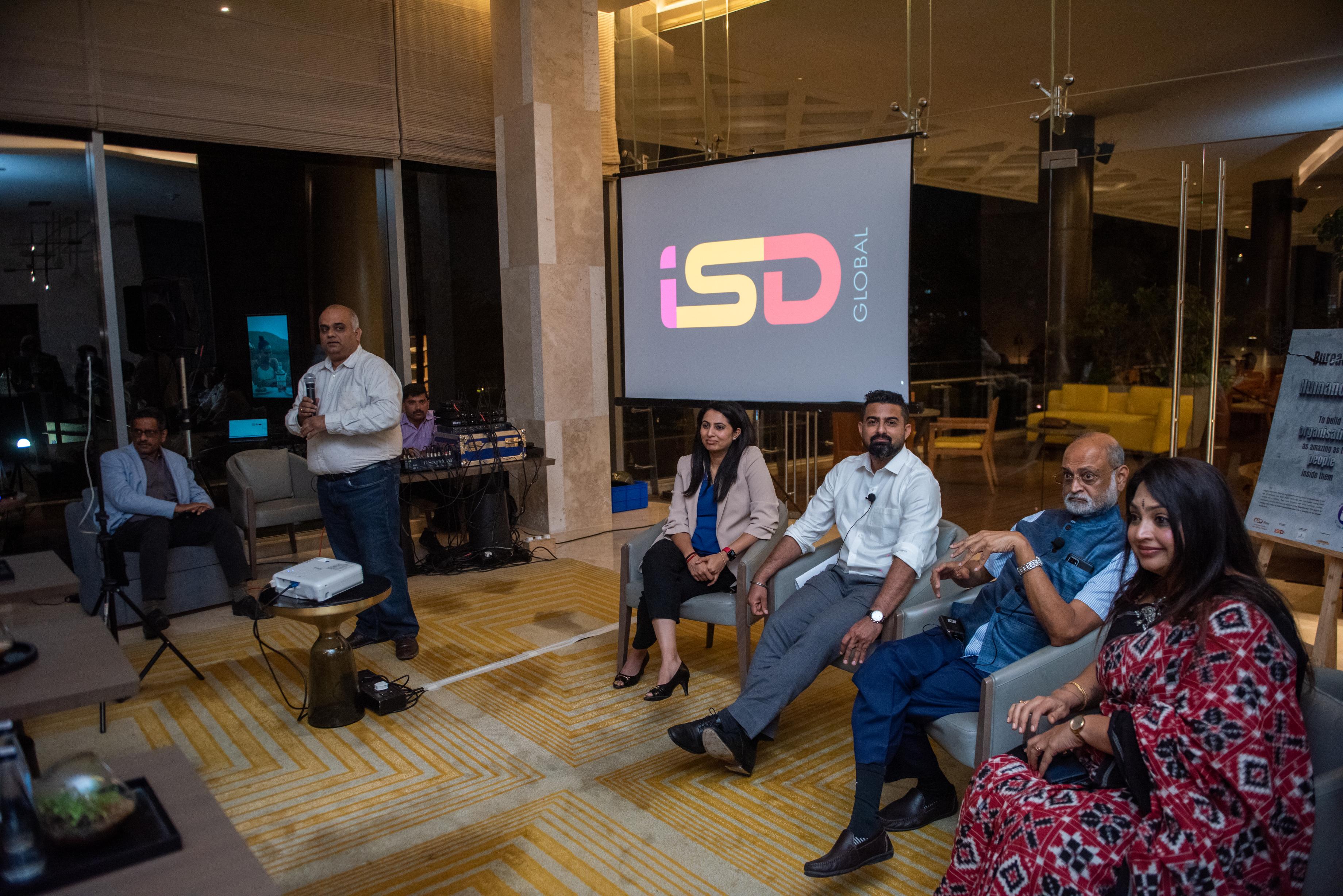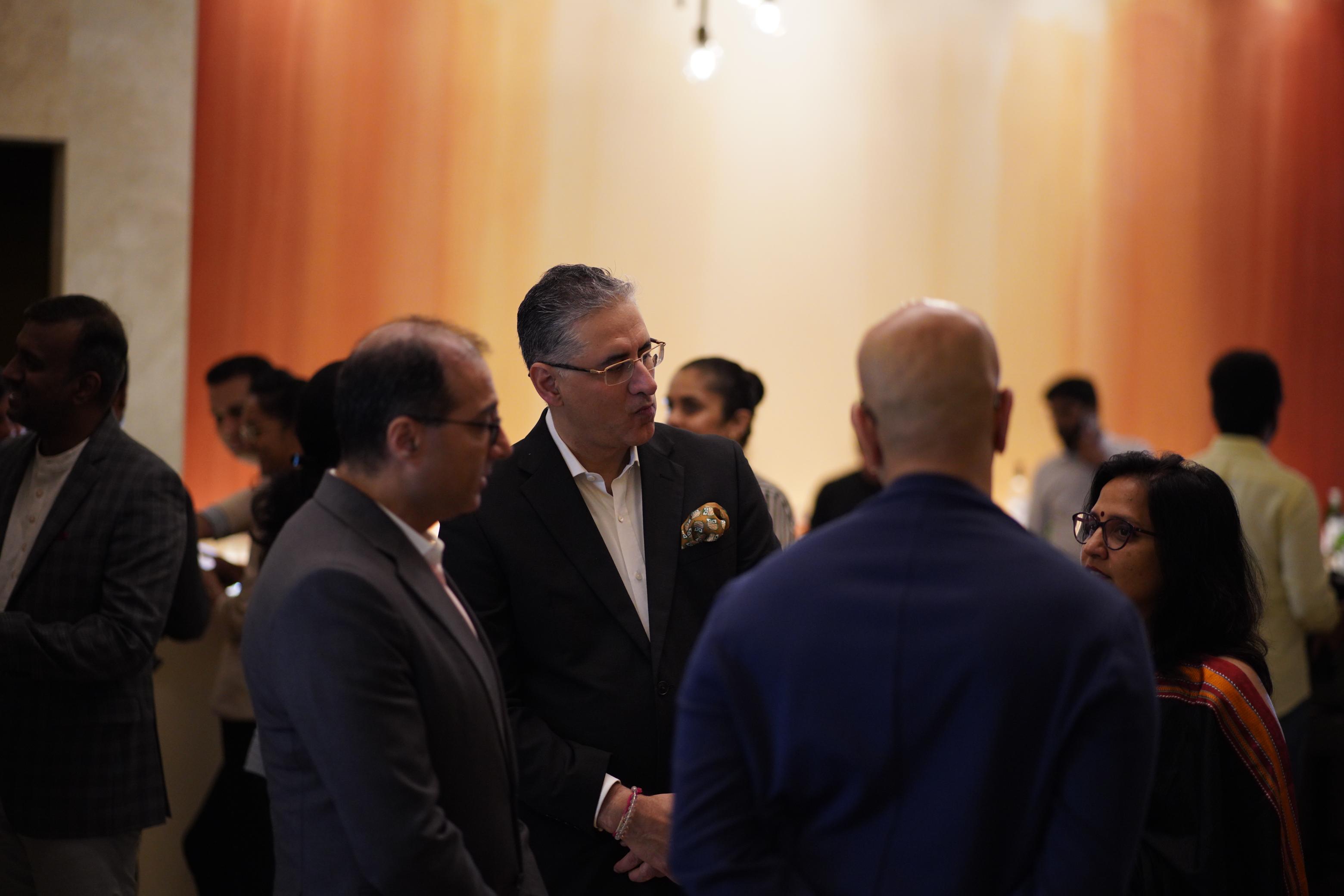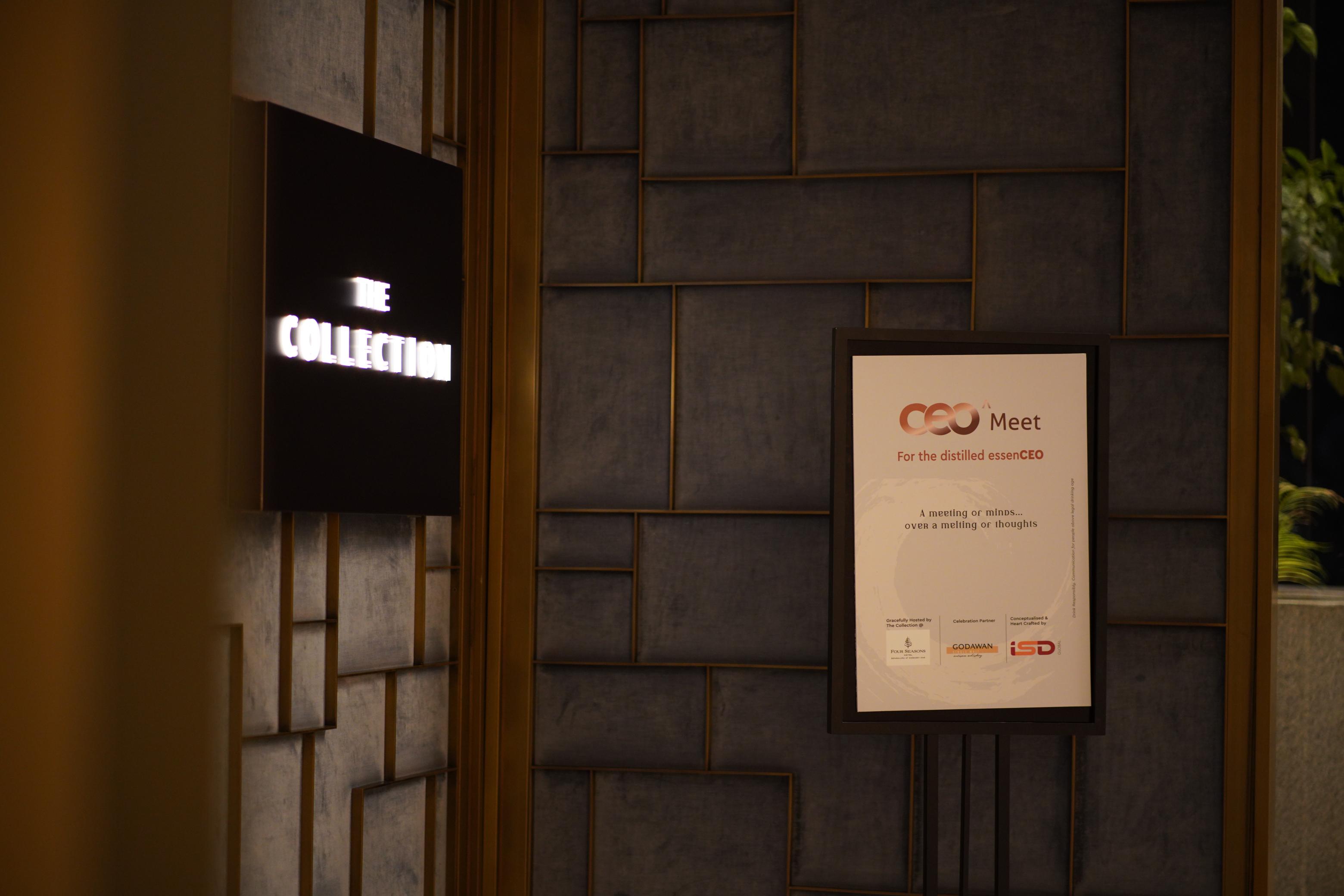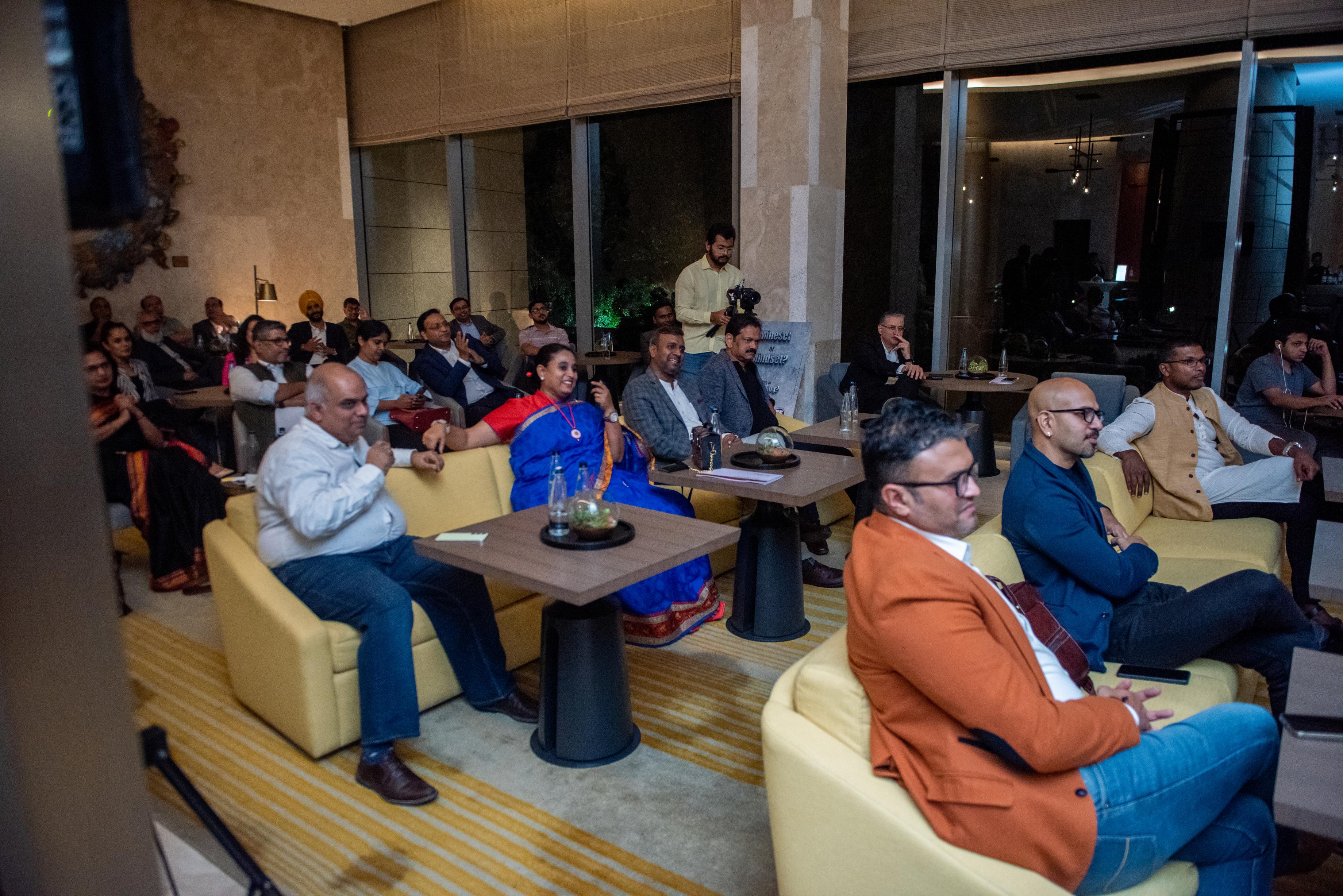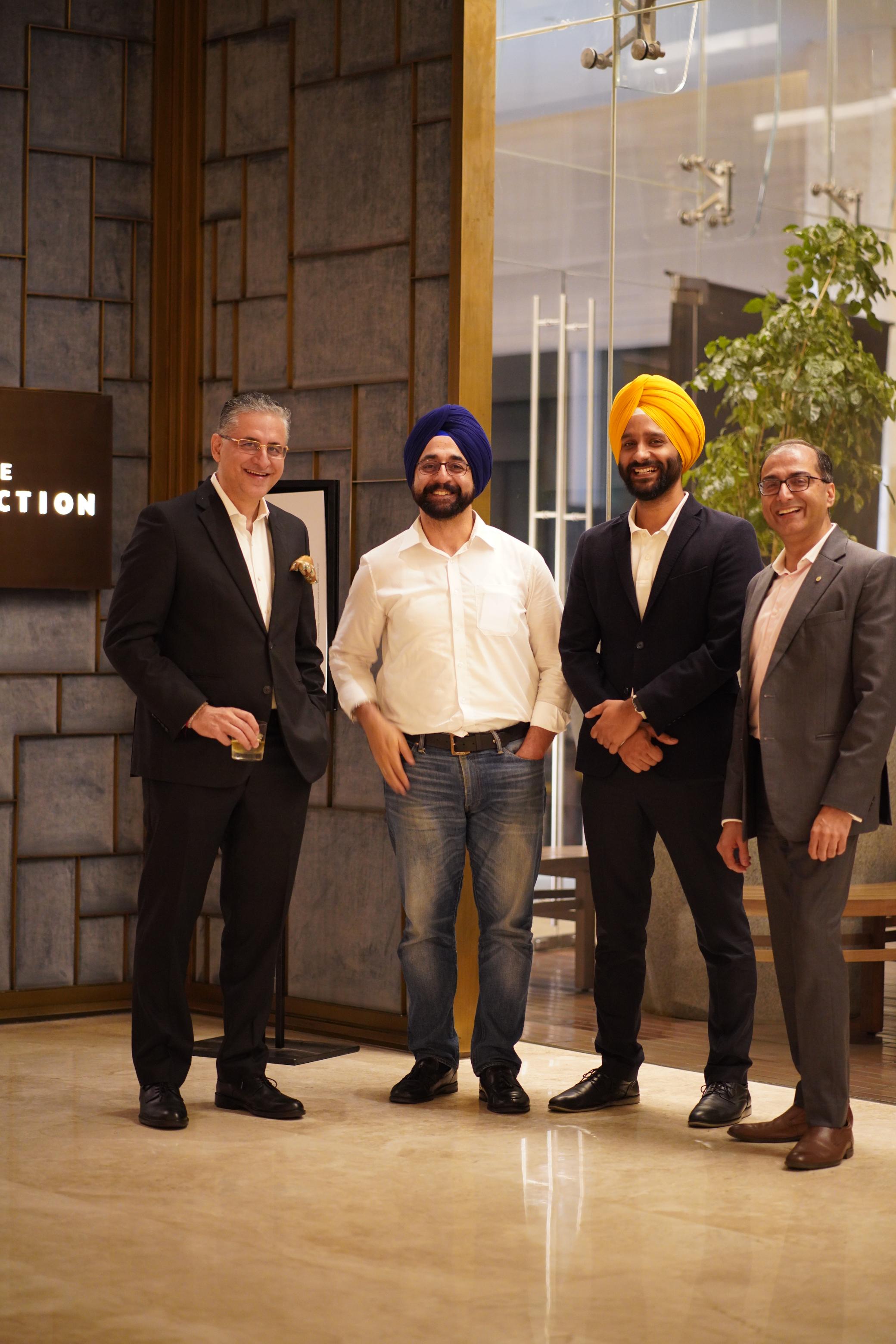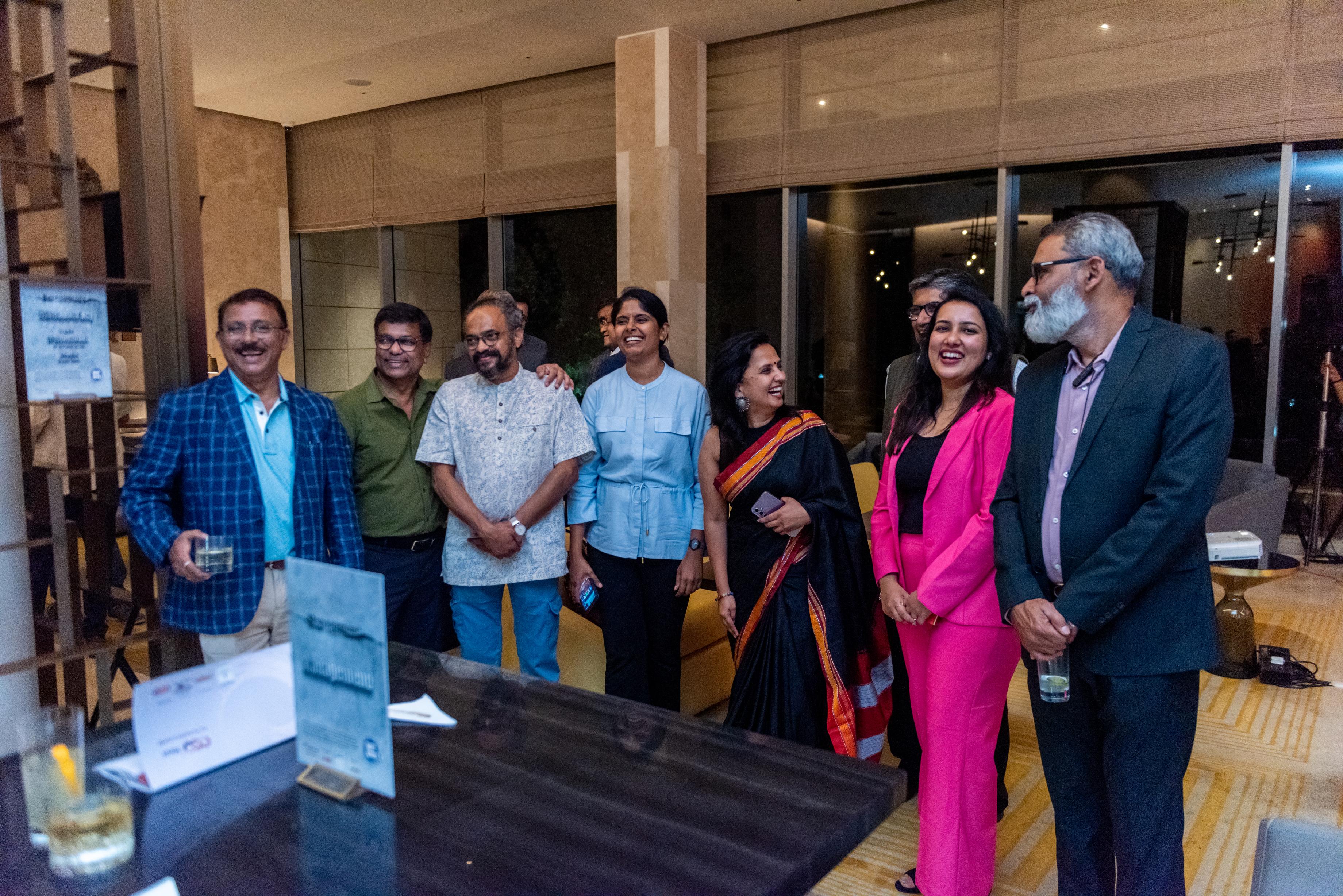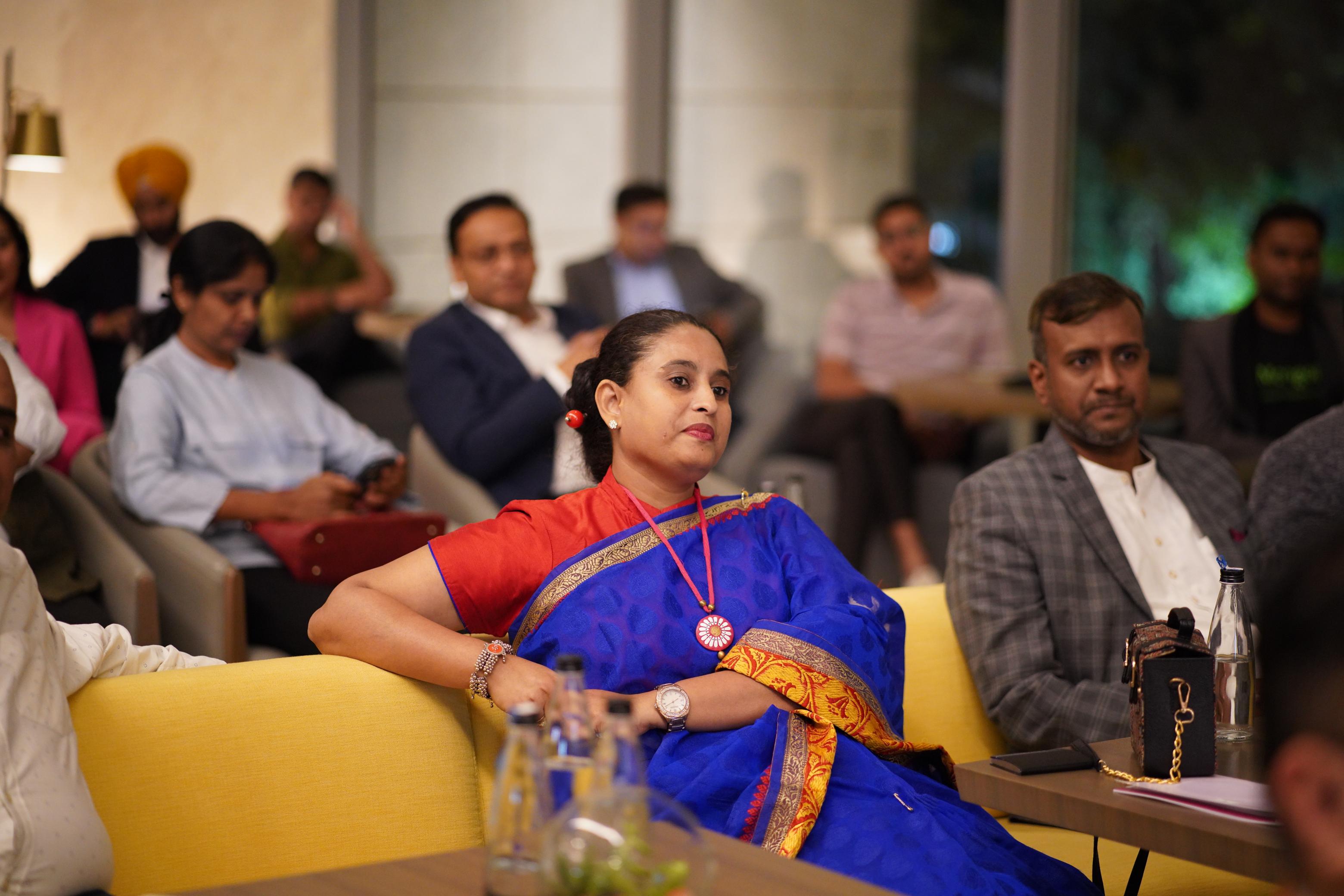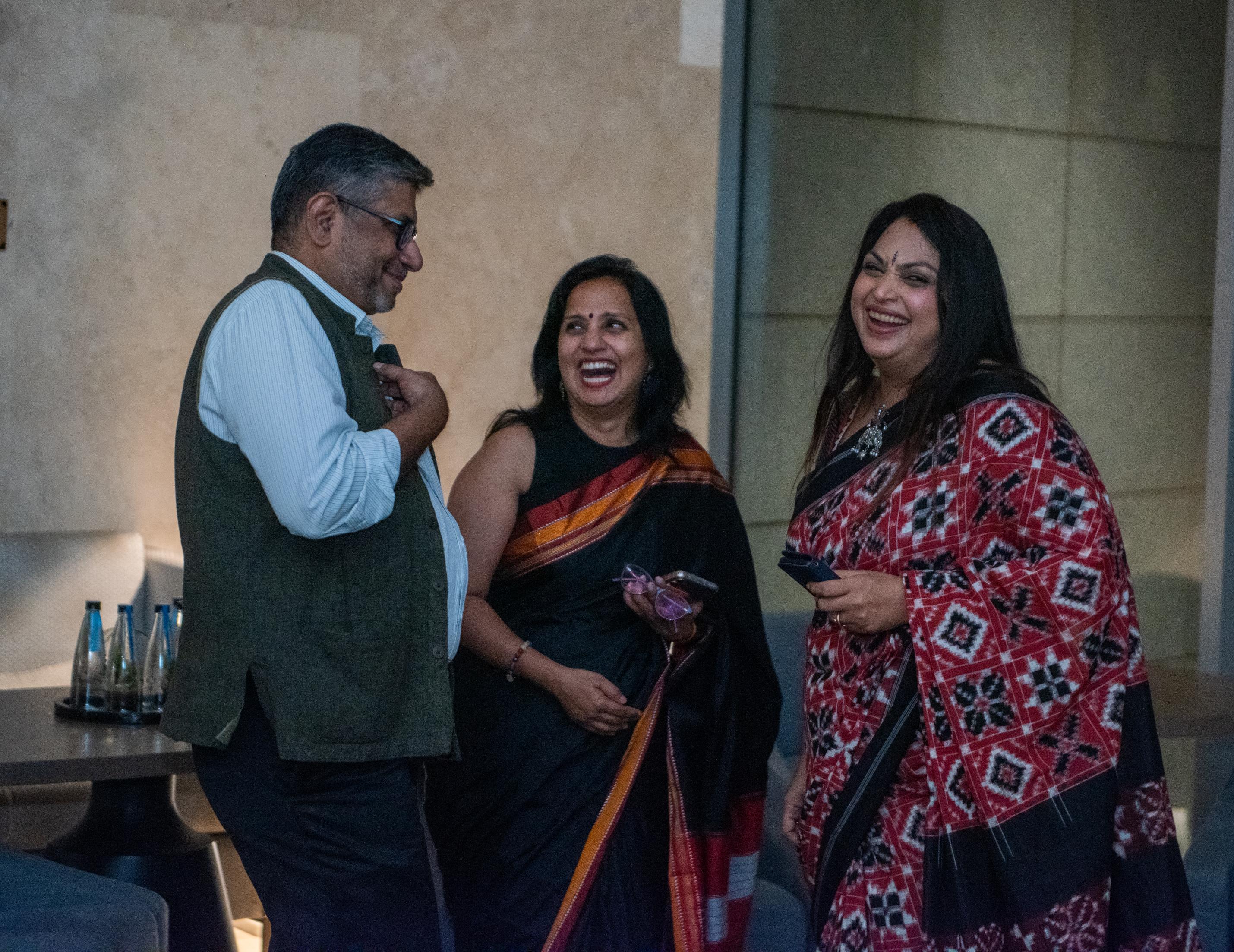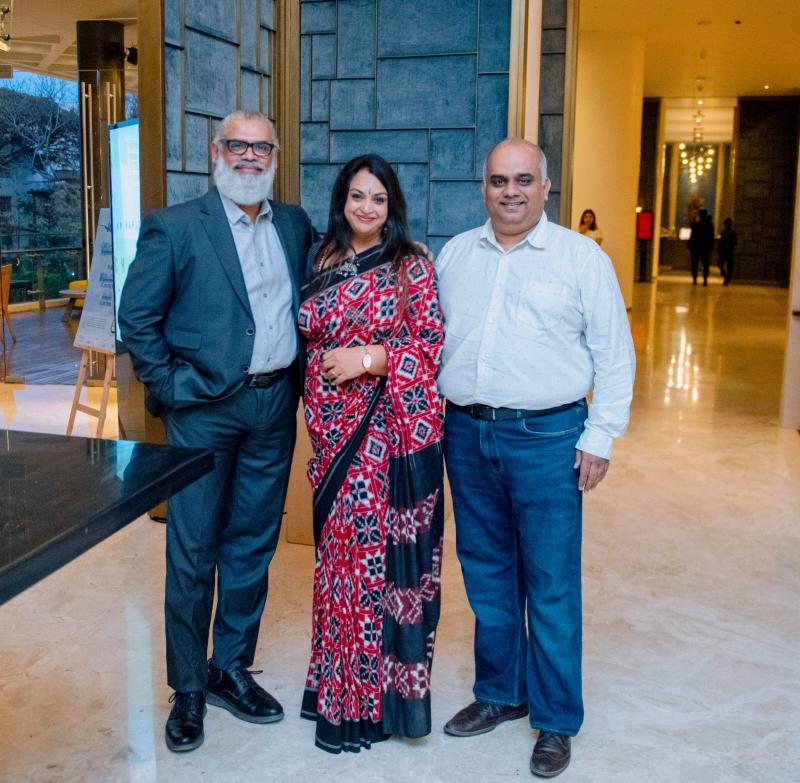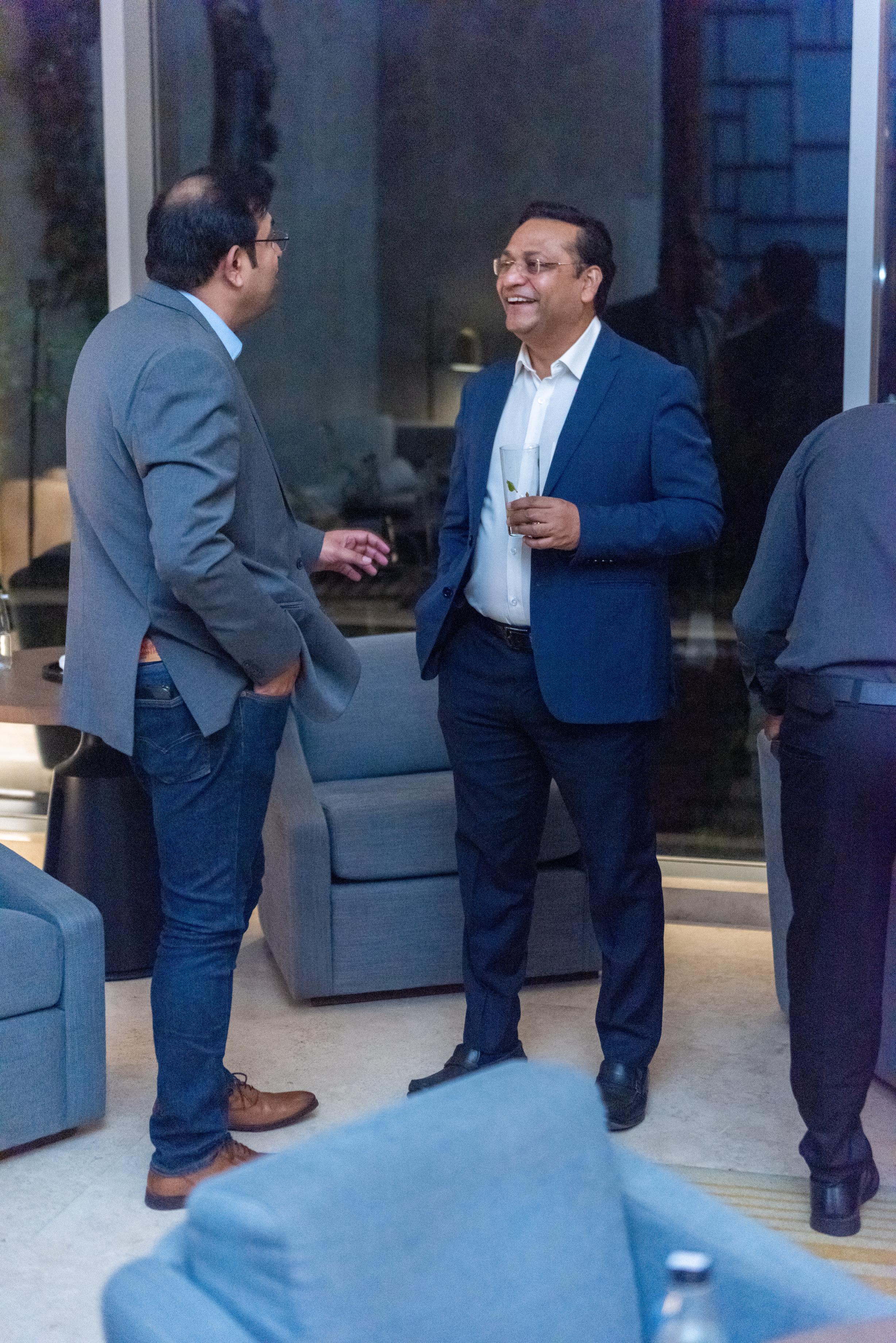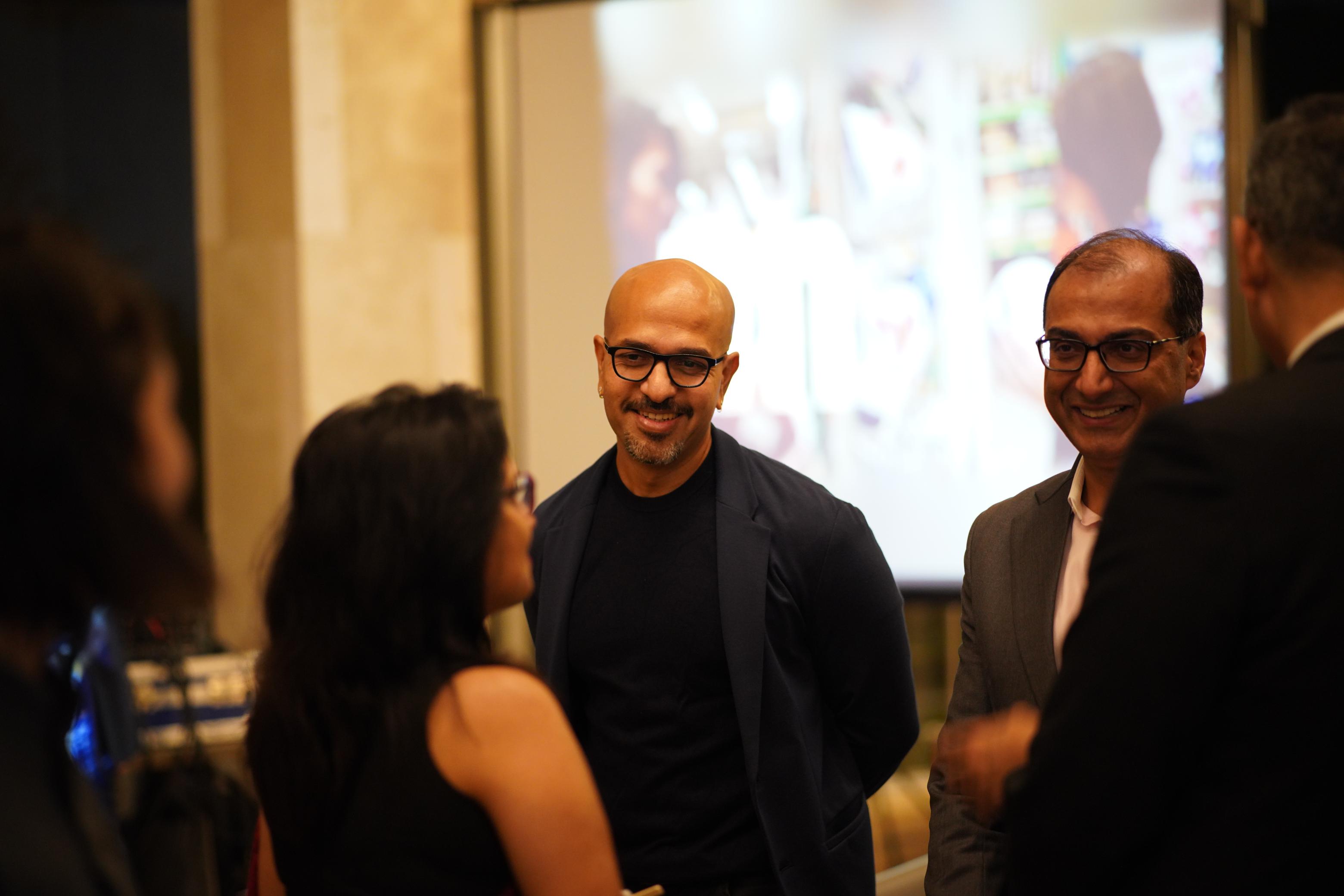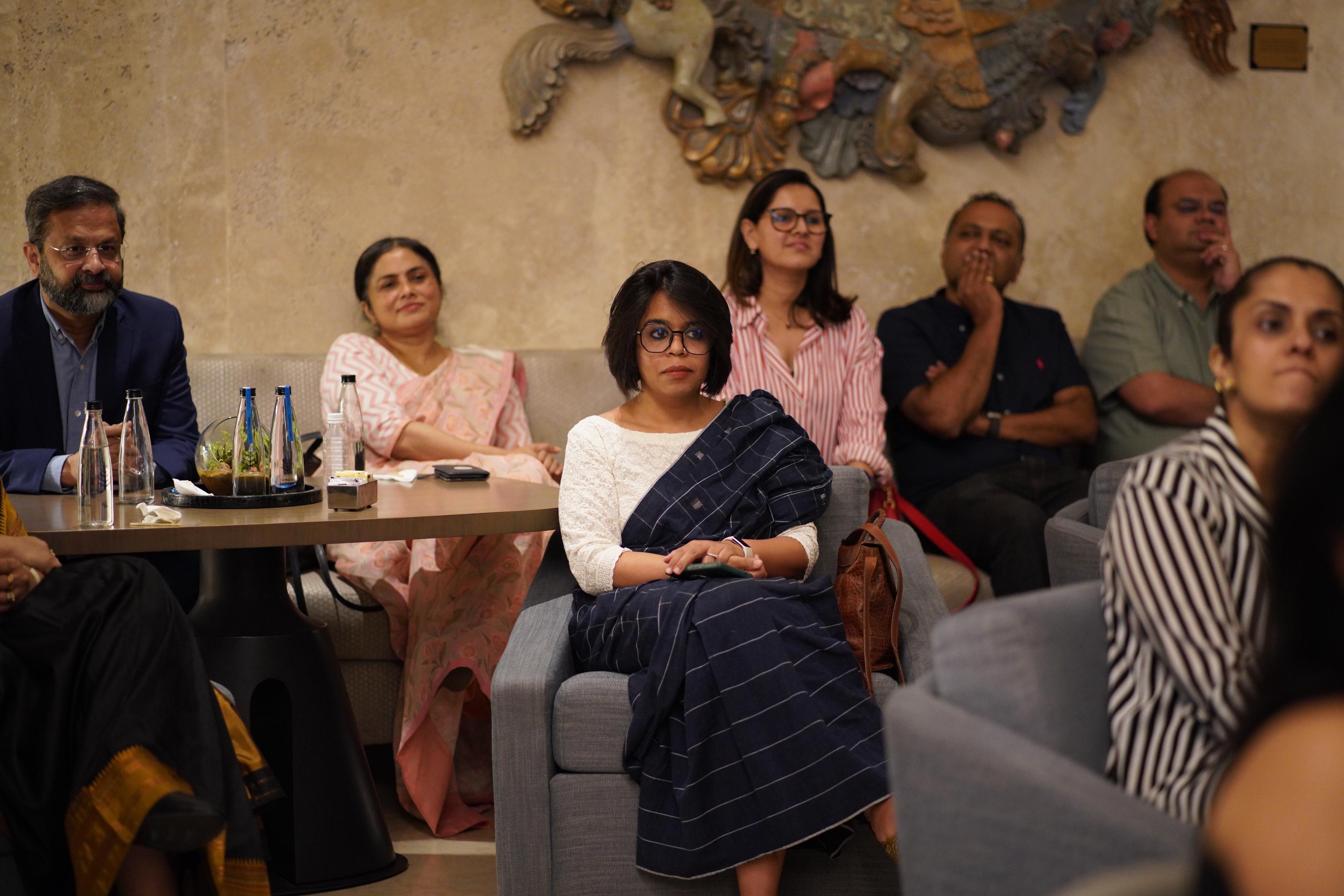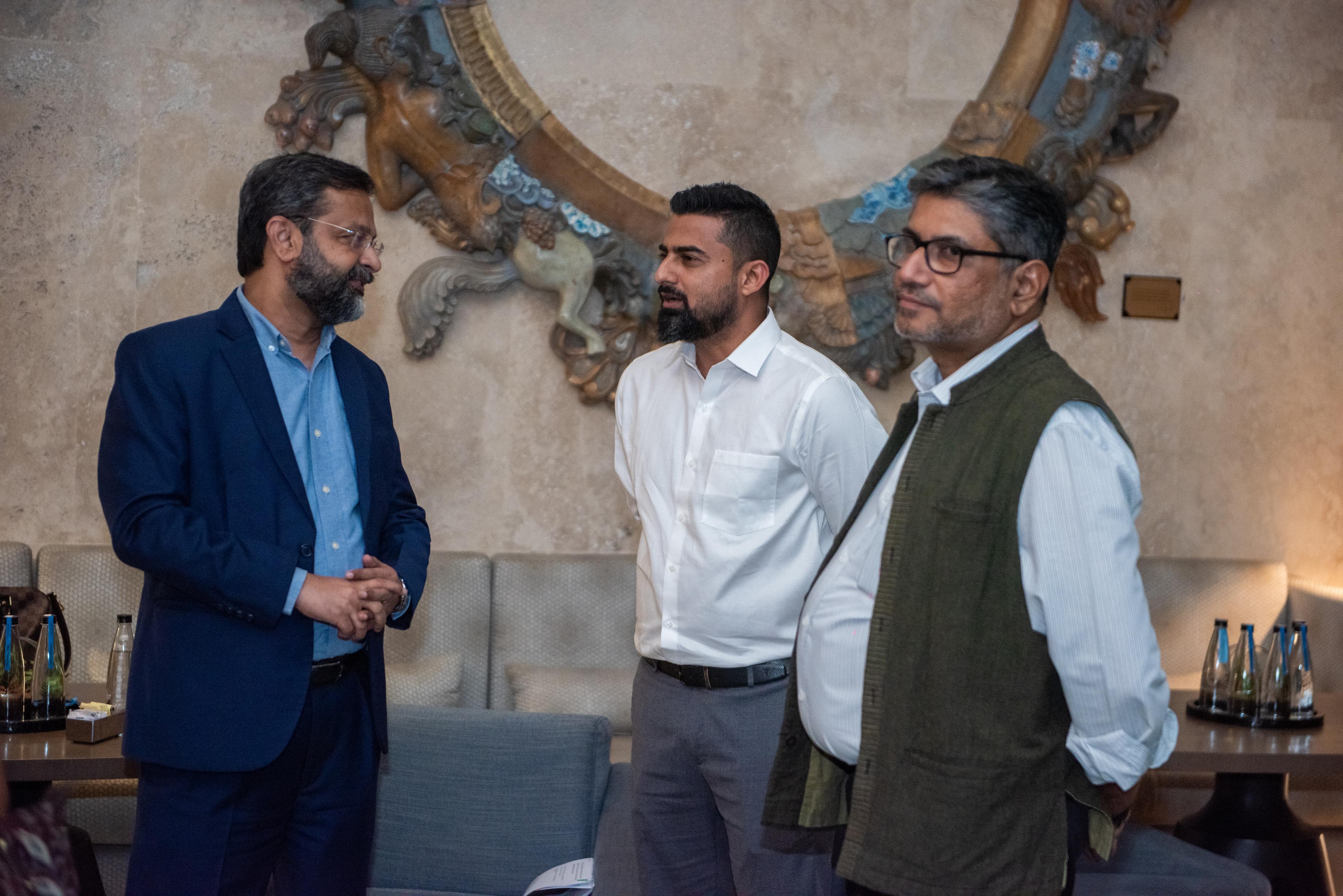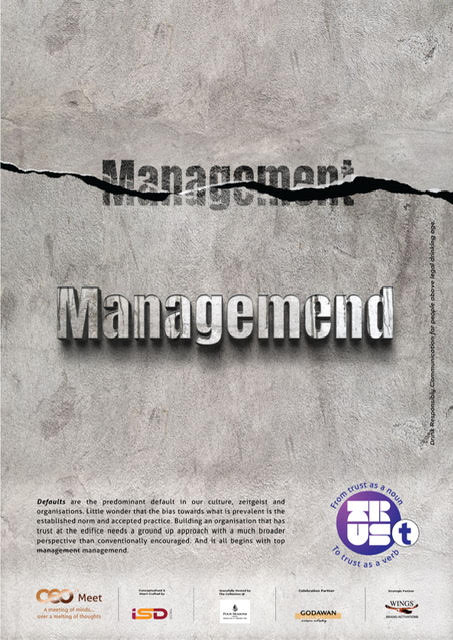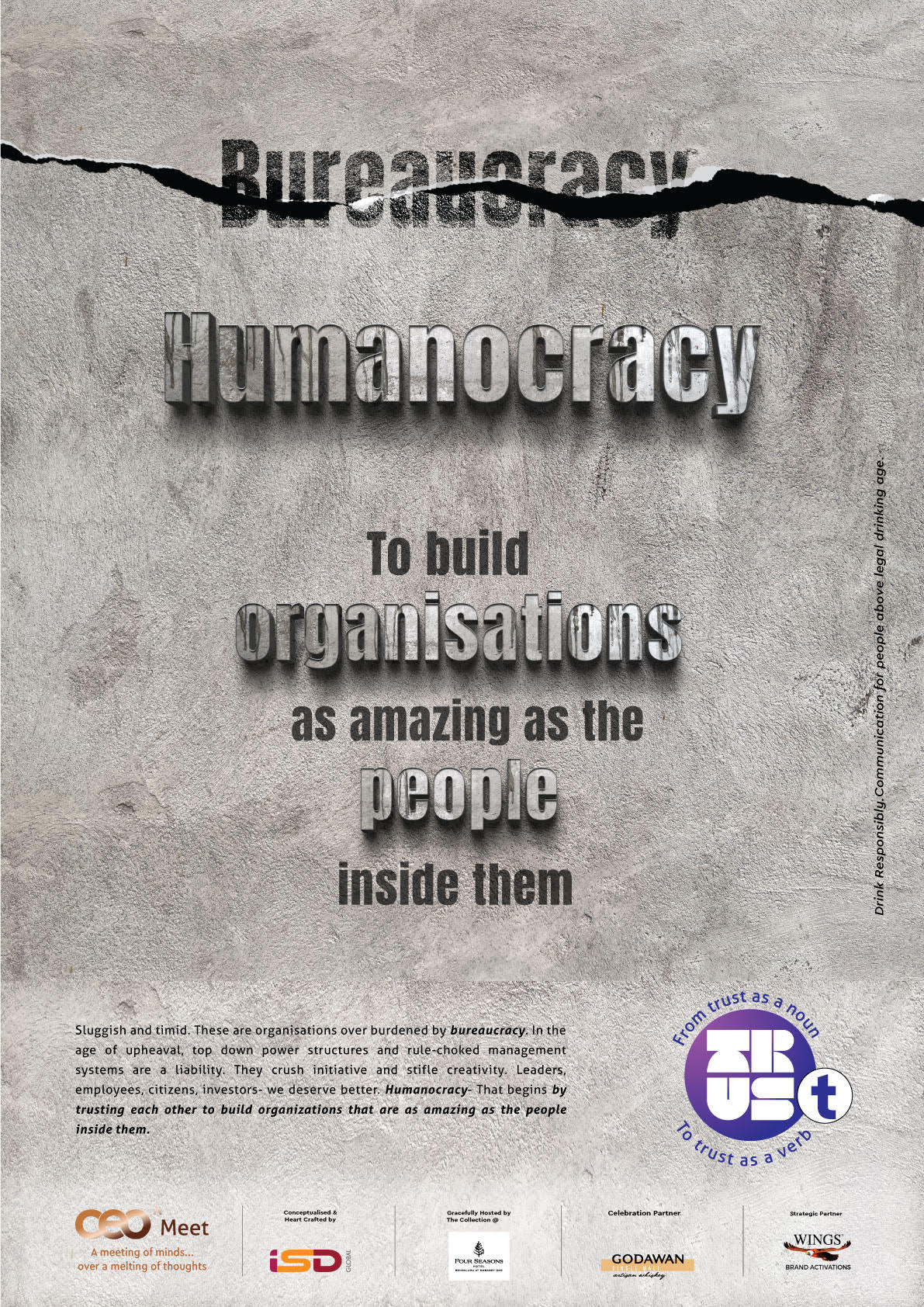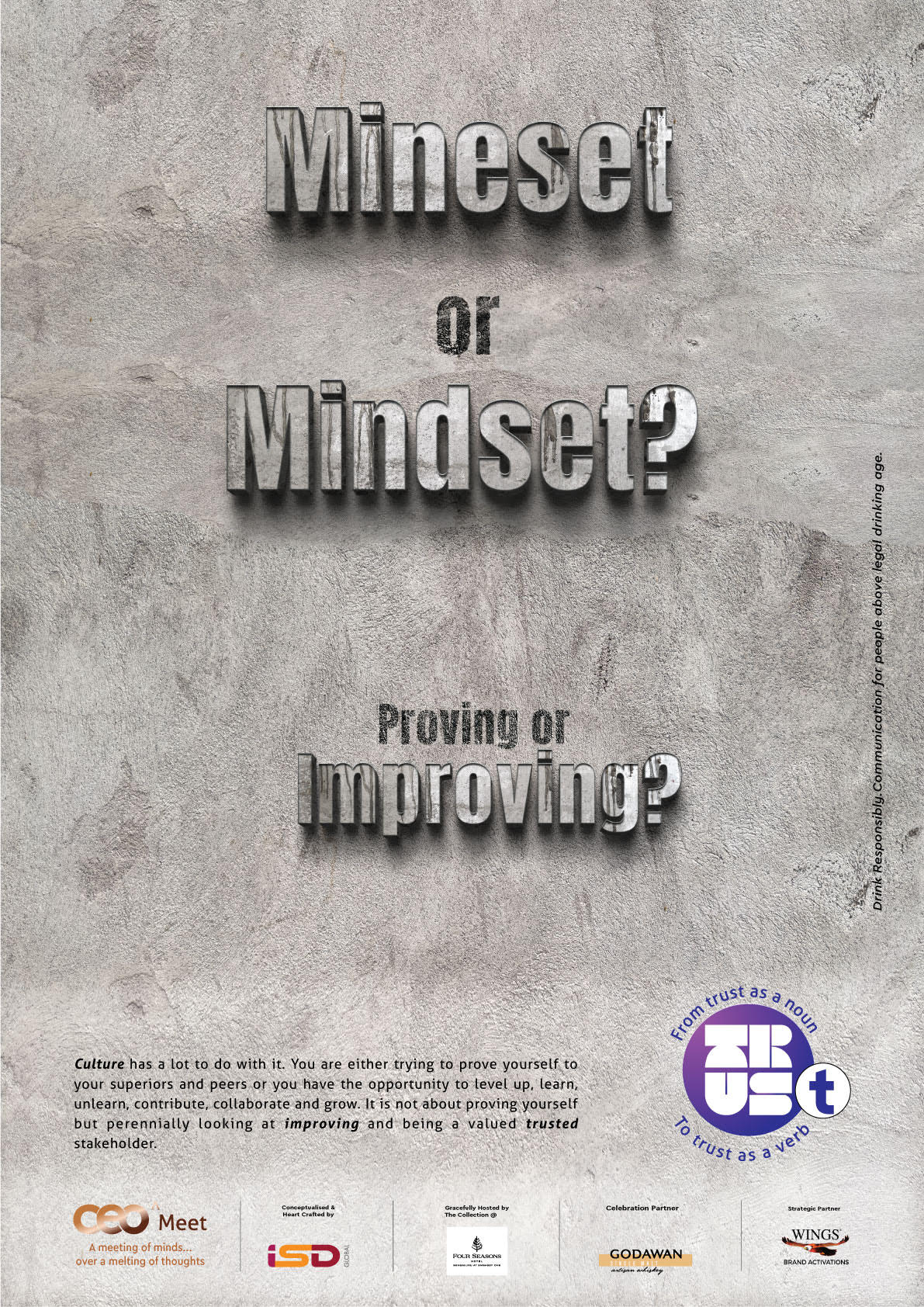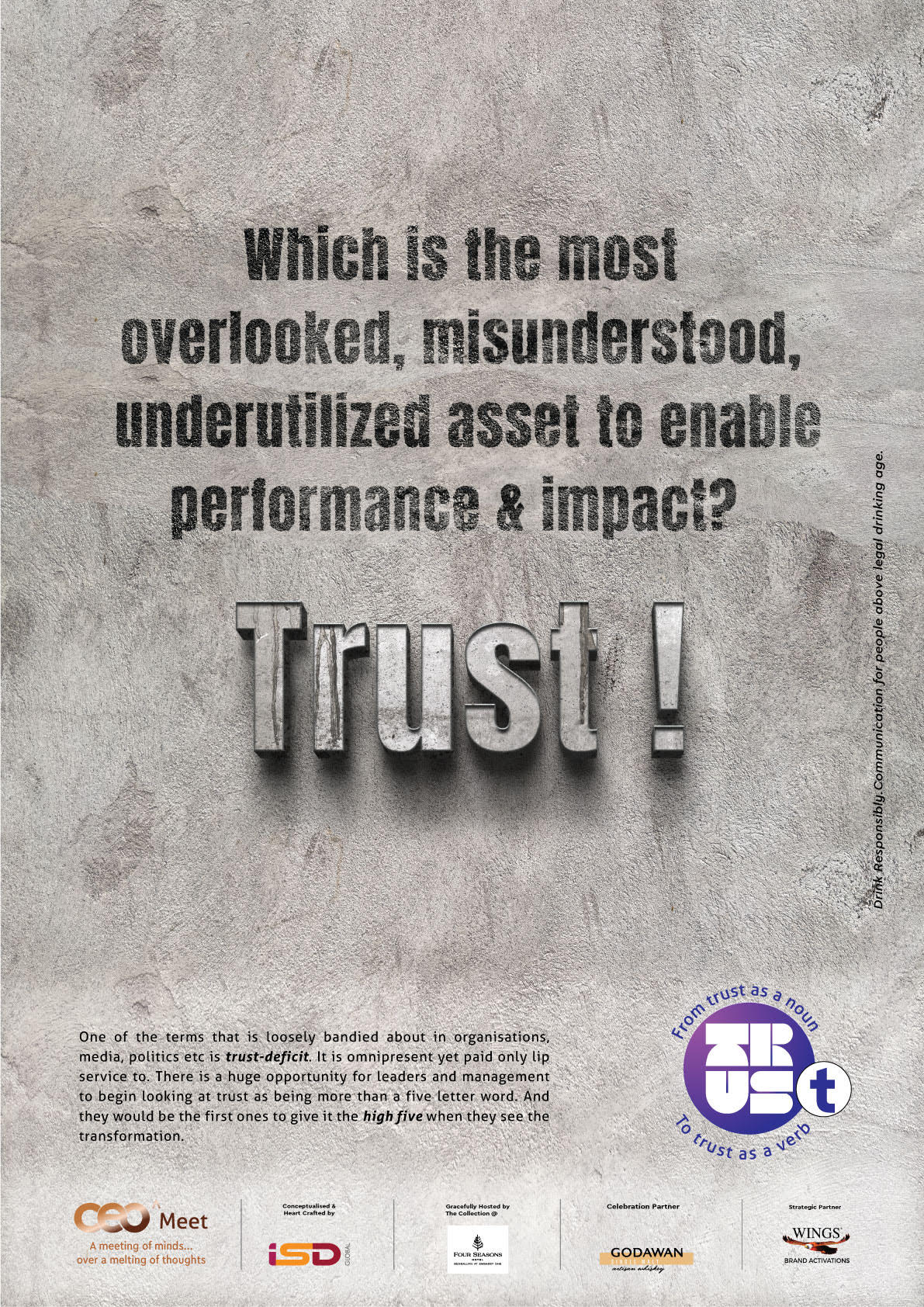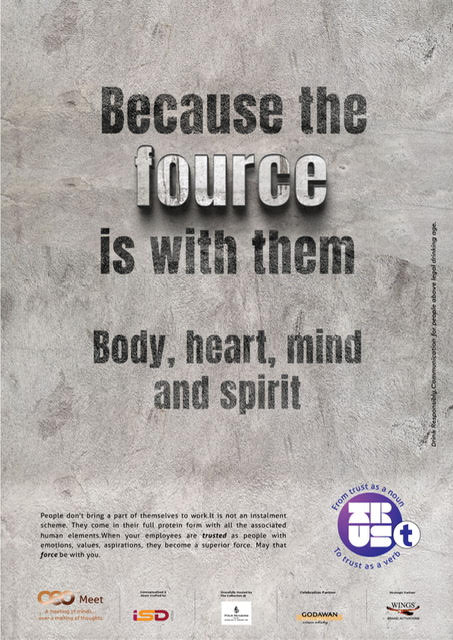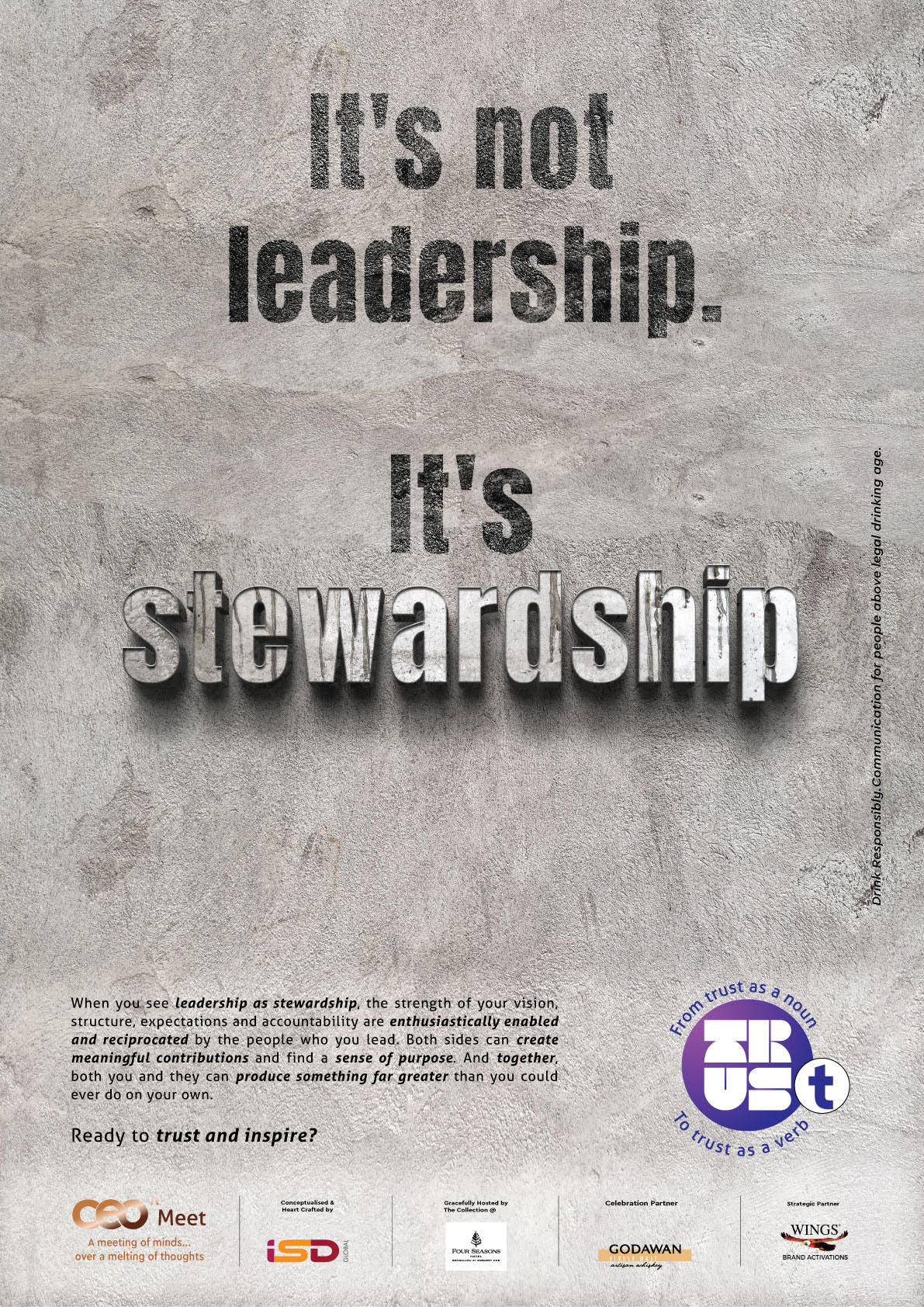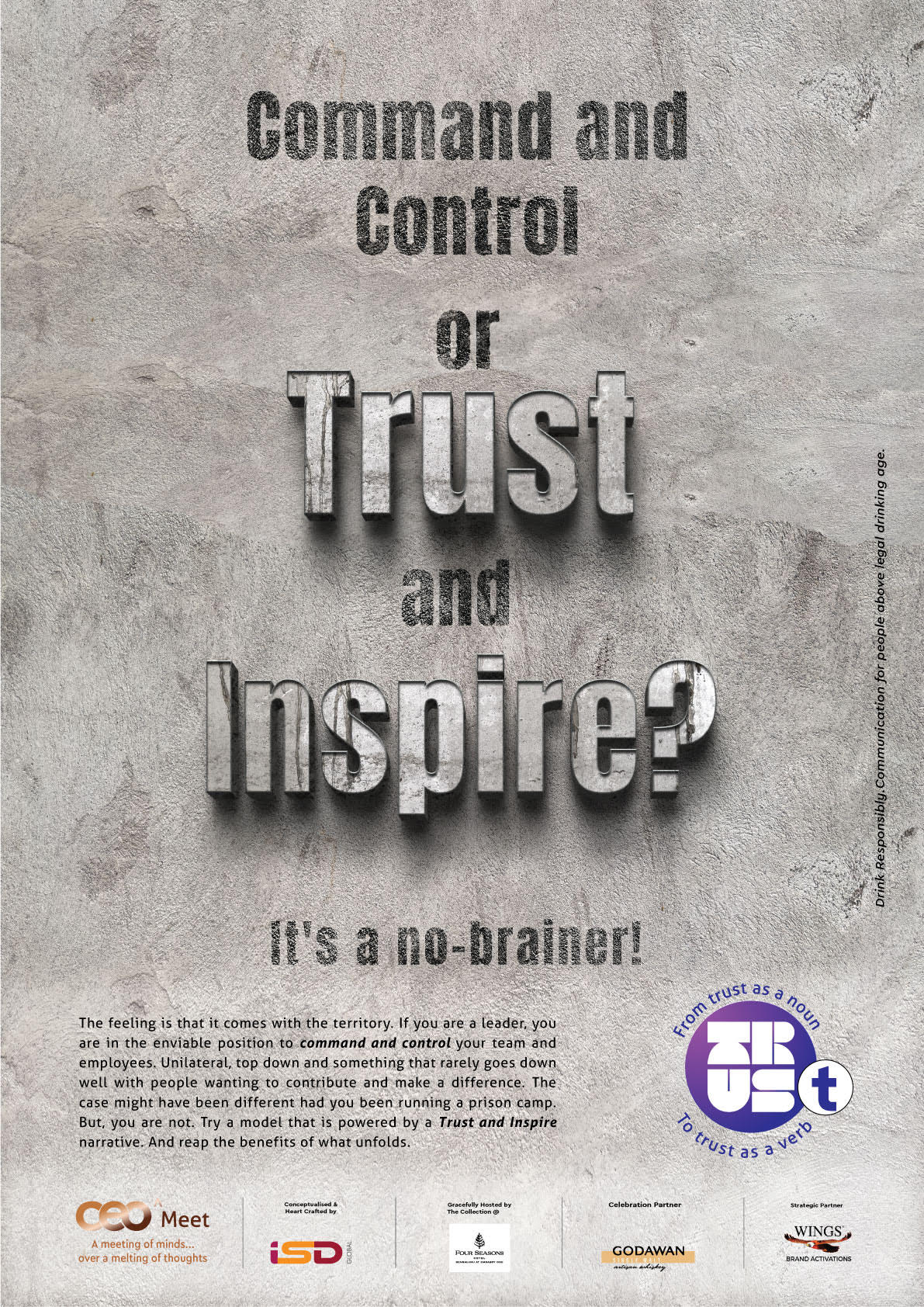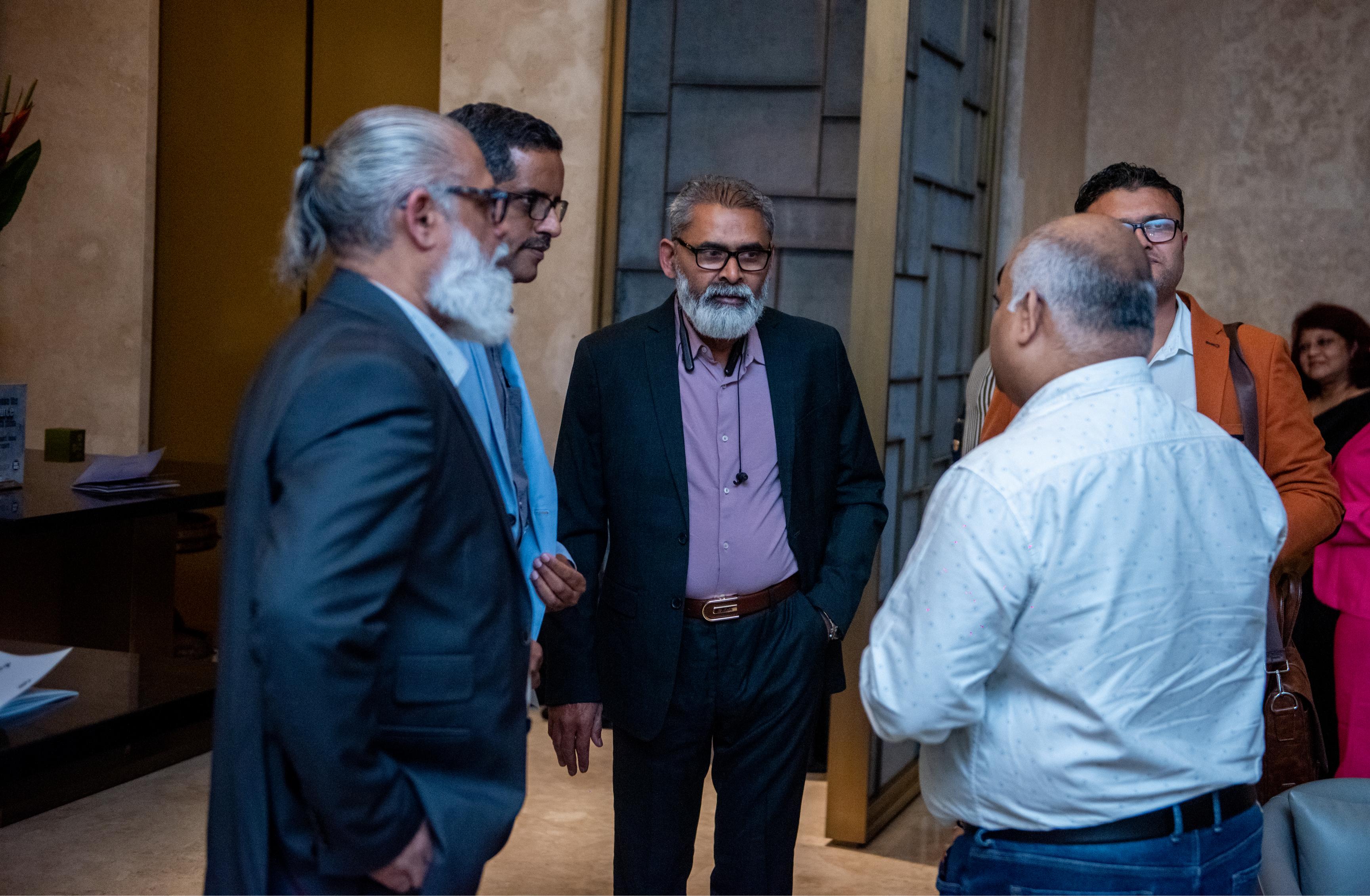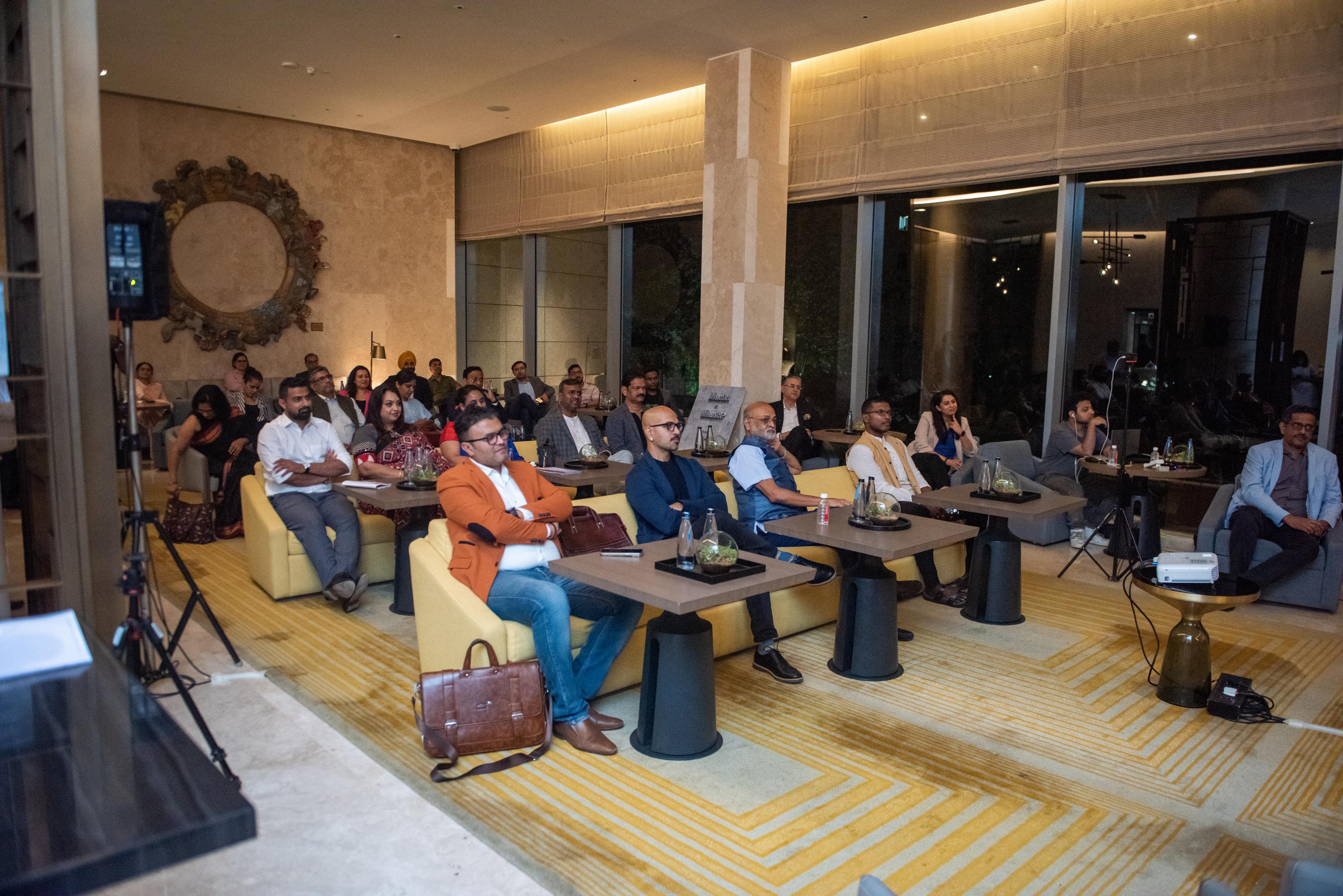Before anything else, here are some staggering mind numbing stats:-
In 2022, BCCI sold the IPL broadcast rights to Disney owned Star India for five years at Rs 48,390 crore, at triple the value that it sold in 2017( Rs 16,347 crore for 5 years). Reliance-backed Viacom18 bagged the tournament’s digital rights for Rs 23,758 crore, and is airing it for free on JioCinema – a move that experts have seen as a way to get more viewers to its platform before it can start charging them.
According to media planners, Star’s ad rates for IPL 2024 remain in the range of Rs 17 lakh – Rs 18 lakh per 10 seconds for both standard definition (SD) and high definition (HD) channels. The standard inventory price for IPL 2024 Video Ads on Jio Cinema is INR 200 per thousand impressions. The minimum billing for the video ads is INR 5 lakhs.
We are well and truly into the unabashed frenzy that the IPL( Indian Premier League) season brings on in India.
That said, this rant is not about the colossal amounts being invested into live cricket played in India. It is more about those stakeholders( read brands and advertisers) who these rights acquiring broadcasters and streamers hope will underwrite their investments by pumping in sponsorships and advertising money. That they are doing exactly as envisaged is unquestionable though what is questionable is the audacity of the brand owners and creators to take the audience’s common sense for granted.
To begin with the brutal obsession with having celebrities to endorse a brand is mighty conspicuous. Here are a few that sticks out (puts you off is more like it) for their brazen audacity to be below mediocre.
The Pan Masala brands are having a field day. Pan India I reckon. That they make every nook and corner of the country welcoming fields of spittoons is a different matter. Certainly not waving the flag for Swachh Bharat Mission.
Let me begin with brand Vimal Elaichi. Earlier the brand believed in Three’s Company when it came to celebrity endorsement: SRK, Akshay Kumar and Ajay Devgn. They get off their vehicles only to casually echo ” bolon Zubaan Kesri “. And go of. Oh, to have the luxury of time. Inspired by freedom fighter Lokmanya Tilak I guess. Now they believe that it takes two to tango. Leaving SRK and Ajay Devgn to do the (dis)honors and battle it eye to eye amid badly morphed body double with a hoodie. Not to mention the low res stock shots of the London Bridge to convey the brand’s attempted association with ‘ sophistication‘. And the frequency of the ads lead you to believe that it’s Only Vimal, to borrow an earlier campaign strap line from the yesteryear Reliance’ fabric brand called Vimal. Vimal E Lie Chi!
Sometime back we had to tolerate both Big B and Ranveer Singh mouthing the goodness of Kamla Pasand Pan Masala while gyrating( their version of badly choreographed dancing as they send out ‘generational messaging‘) out of tune. Now it is a bunch of ex-cricketers( some of whom like the conveniently altruistic Sunil Gavaskar, apart from Kapil Dev, Chris Gayle, Virender Sehwag) batting for the brand for a few dollars more. As I say this, I am also quite keen to know which is the studio that does this brand’s pathetic VFX, especially when the much touted pearls of garbage are willingly solicited into the palette from the terribly designed pack. Kamla Na Pasand should be more like it. (But then, when current day cricketers are blatantly encouraging online betting in the My 11 Circle ads, the past is taking a cue from the present and cue not I mean why not?).
To show uber premium and luxury, I just realised( some of these ads are so educational I tell you) we need to show a few horses casually striding across a hillock for their morning stroll, a master( Hrithik Roshan) in triple breasted suit under harsh sunlight with expression actually giving away his ” what the hell am I doing in this ad “, (other than making a big sum of money) and Siggnature spelt with 2g’s(in these days of 5G and beyond). Every time I see this ad, my Dil goes Bagh from here. Then I remembered it’s a premium product from Dilbagh Group. So, it does make (no)sense.
Hrithik also hams his way through the Mountain Dew ad and the viewer is left with no clue as to what he is doing and who, why and how is he saving his friend, so terrible is the creative execution. My fear remains solidly intact even though it is told that ‘ dar ke aage jeet hain ‘.
Some guys come with strings attached. Not sure if the pun is intended or not. Well, I don’t care. An actor whom I like Saif Ali Khan, strums the guitar for a few seconds, claps to himself in appreciation( the audience couldn’t care less you see) and presto you are a Raj Niwas Elaichi brand ambassador. Easy does it. Sorry, I forgot to mention- there are the ubiquitous dancers in the background doing their usual floor test too. ” Soch Jo Kare Raj? “- Mein tho soch mein pad gaya! Time for our country to go ” Soch Bharat? ”
I am sorry I am breaking the pecking order here a bit but this ad comes in purely on utter demerit. Wild Card entry if you will. And I am totally tamed to include it. I saw it last night. This was for the Real brand of juices where Kareena Kapoor is sashaying across the kitchen badly lip syncing a terribly composed jingle. The horror doesn’t end there. She opens a refrigerator which has only Real juices stocked top to bottom, end to end. I am sure that, the same home has bespoke refrigerators for all the other things that ordinary mortals like you and me use. I am left wondering ” is this for real? ”
Now that we are solidly on liquid territory, it’s time to bring in Deepika Padukone and her struggle to advocate for the Bisleri brand. And the audience is supposed to #DrinkItUp. And why? Because she is wearing an outfit that will reinvent the concept of pixel. What else can be the motive? Bling put to shame exponentially.
I was caught up in Envy when I saw the ad of Shahrukh endorsing Denver. I almost went and bought one thinking that it could be the Scent of My Success as well. Then gave up. Sent the thought packing back. But there is a message in the bottle( or aerosol can) here- for all the aspiring Bollywood bound hunks- you know what to pray sorry spray if you are seeking success.
If you want to distill staleness from freshness, look no further than the Kartik Aryan endorsed Dabur Red Bae Fresh Gel. I am sure he himself is clueless as to why he is blowing a flying CGI kiss to the audience holding onto the toothpaste pack. I am sure I am not the only one seeing red here.
There are many more ads that can effortlessly stake dubious claim to be on this demerit list, but I am sparing the effort. And to think that all these ads would be created by agencies and brands who I am certain have incredibly talented people in their midst, beats the hell out of me. If this is a contagion, we need to quickly create a vaccine to stem the rot.
I am not getting into what might seem like a moral science discourse on how these celebrities unabashedly peddle tobacco, betting, alcohol and what have you. The very same select few whom millions look up to. I reckon when it comes to big bucks, the buck doesn’t stop anywhere.
Sum summarum, my conclusion is that the bigger the star doing celebrity endorsements, greater the level of abysmal creativity and mediocrity. Thoughts?
End of rant! Socho, kitni badi baat hain!
BTW, all these ads are being experienced in between the ‘ expert commentary ‘ mouthed by self anointed experts like Murali Kartik, Deep Das Gupta, Anjum Chopra and the likes. Mediocrity is indeed infectious.
